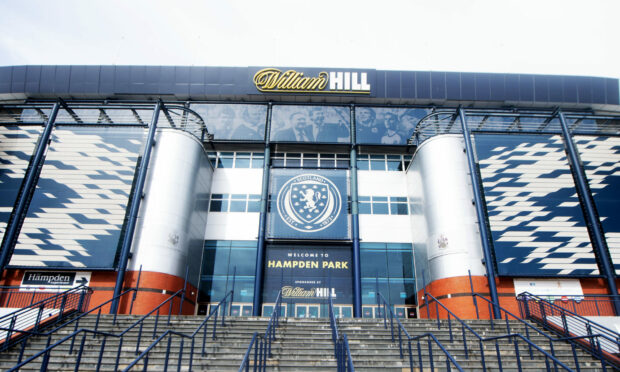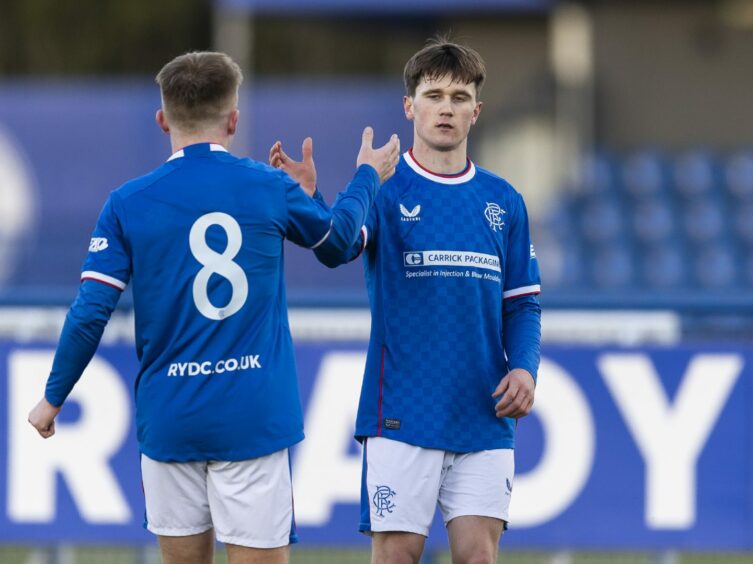Tomorrow is D-Day for Scottish football’s contentious issue – when Scottish FA members will vote at the association’s annual general meeting at Hampden on whether to introduce a Conference League below League Two.
Since the idea – set to start from season 2024-25 for a minimum of five years – was first floated, it has sparked debate and outrage in equal measure.
An underwhelming competition
Looking at the concept as a sporting competition, it is not a particularly exciting proposition.
A league of 10 teams where potentially four – if that many Premiership B teams can be found – can’t be promoted or relegated.
That throws up the bizarre scenario where a side could finish sixth and be automatically relegated, finish fifth and play in a relegation play-off or conversely finish fifth and be involved in a promotion play-off.
As a competition, it sounds quite farcical.
Speaking casually to various Breedon Highland League players in recent weeks about the prospect of possibly playing in the Conference League, there have been no positive responses.
Pyramid poser
The impact on Scottish football’s pyramid also has to be considered.
If the Conference League is introduced, other than the sides included, all the rest below the SPFL would effectively be relegated.
For many clubs with ambitions to progress up the pyramid, who have spent lots of time and money getting to where they are now, it would be a major kick in the teeth.
Looking at the highest echelons of the game, it would be akin to Celtic and Rangers being bumped out of the Champions League to make way for B teams from superpowers like Real Madrid, Bayern Munich and Manchester City – would those running Scottish football deem that acceptable?
In the north, throughout discussions, the Highland League have been keen to try to protect their product as much as possible.
The prospect of potentially losing four of the division’s top clubs to the Conference League has been viewed as something that could damage the Highland League for years to come.
Those fears led to an agreement that, should the Conference League come into existence, only two clubs would be drafted in from the north.
There are also uncertainties about League Cup and Challenge Cup participation, with teams at the top of the Highland and Lowland Leagues enjoying access to those competitions in recent years.
Player development quandary
The final strand to assess – which is perhaps the most important – is the impact the Conference League could have on player development.
Those behind the idea argue the national team would benefit in the long-term because some of the country’s best youngsters at clubs like Celtic, Rangers and Hearts would be exposed to first-team football against experienced players at an early age.
The SFA say there is a drop off in performance and results from under-17 level up to U21s, but is that the fault of the teams who would be disadvantaged by the Conference League? No.
Player development is a grey area, because nobody can say this will or won’t work until it has been tried.
But confidence in the Conference League’s developmental potential seems to be waning.
Rangers are one of the clubs who would apparently put a B team in the Conference League – yet last month their manager Michael Beale stated he didn’t think it would meet their needs.
If clubs that would be involved are doubting whether it would work, is there any point?
When you return to the argument about playing against men, if there are four B teams in the Conference League, each of them will have 12 games a season against the other B teams.
That’s a third of a 36-game campaign which could effectively be viewed as friendlies with nothing riding on them for two reasons: we’re told B teams playing against each other doesn’t help their development, and the results wouldn’t matter in the grand scheme of the league when these sides can’t be promoted or relegated.
A final thought
Looking at the Conference League idea overall, it seems like the clubs at the grassroots of Scottish football lower down the pyramid are being asked to make a significant sacrifice to possibly benefit the game at the highest level.
Would the end justify the means? That’s what those with a vote tomorrow will have to decide.
Having assessed the various arguments, for me, the answer is no.



Conversation